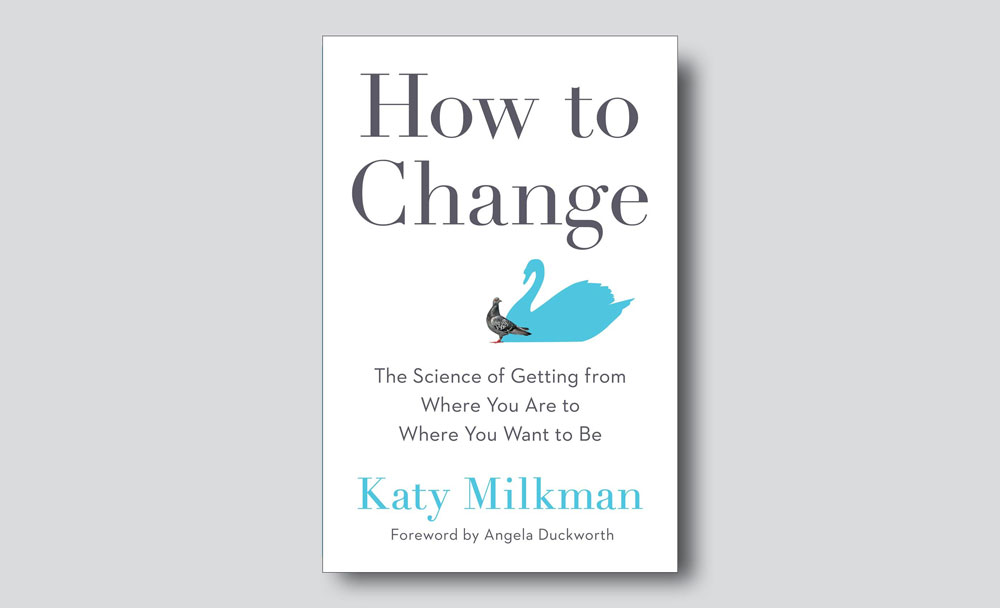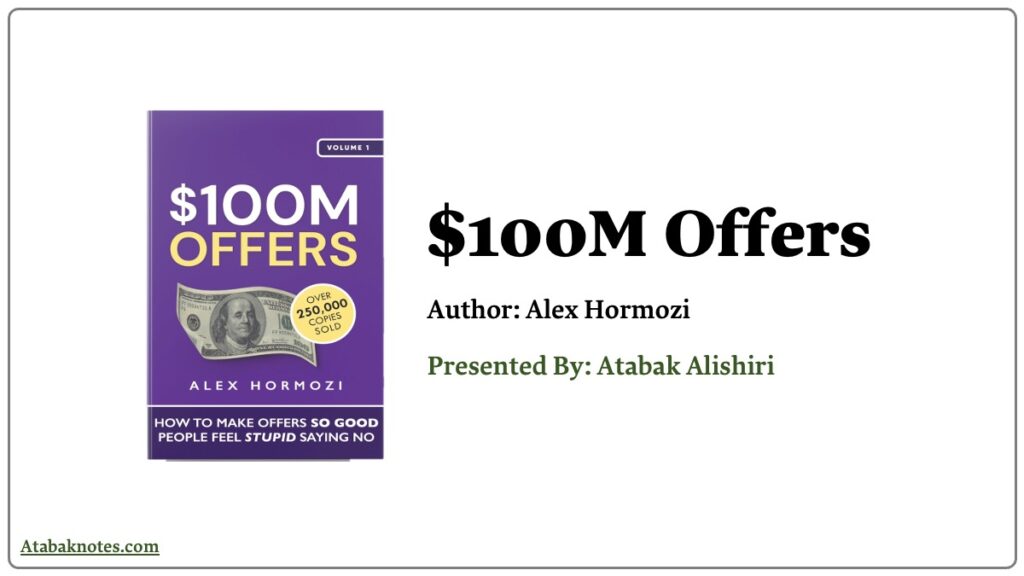In this article, I will cover all my takeaways from Katy Milkman’s book, how to change, and I will write some extra learnings from her Ted talk from 2017.
In the book, she argues that people are often unhappy because they are stuck in a rut of doing the same things day after day. She goes on to say that people don’t change because they feel like it’s too hard or they think it’s impossible. Milkman believes that if we want to change our lives, we must start small and have faith in our abilities. The book is mainly about the obstacles of change and gives a lot of practical advice on overcoming them.
Milkman argues that there is no one-size-fits-all solution to change your life. She says you should first figure out what you want and then find a way to make it happen.
Should we start anew to change?
One of the book’s most interesting parts was exploring the effect of fresh starts. Is it worth planning on each of our birthdays, or can a new year’s resolution do any good for us? The answer is yes and no. Through many examples from research done in this field, she argues that fresh starts can be a double-edged knife. If you want to kick start a new habit, you should definitely consider taking advantage of the feeling of a new starting point. However, in many cases, new years break, birthdays, or any other occasion which makes us feel like starting again could act as a disruption to our good habits.
The next learning from the book was about impulsivity and how it acts as an obstacle to change. Impulsivity shapes our behavior in many ways. It is one of the key factors that influence how we make decisions. Impulsive behavior can be traced back to the way our brain is wired. To overcome this obstacle, Katy recommends a method called temptation bundling. Let me explain with an example from the book. Suppose you enjoy listening to audiobooks instead of hitting the gym. In that case, you can bundle those two activities together, only allowing yourself to listen to your next book while training at the gym. She admits that it is not a strategy for all the changes we want in our life, so she suggests considering gamification methods for such activities.
Another intriguing part for me was the chapter about procrastination. Our brain always prefers the path with minimum effort and optimal energy efficiency, which some people simply call laziness! That is true, and we should admit we are lazy by nature. However, that has a positive side too. We are unlikely to break habits, and if we deliberately build up beneficial habits, laziness works in our favor. There are many tips and tricks about how to establish new habits both in this book and in other books like Atomic Habits and The Power of Habit, which I need another post. The main takeaway here is the acknowledgment of laziness and investing in positive habits to make changes happen.
Katy Milkman, Wharton Professor
Katy Milkman is a psychologist at the University of Pennsylvania. How to change is the book about Katy’s journey in studying people’s decision-making system. There are many personal references in the book in the form of stories which not only makes it easier to go through the many results from research but also helps the reader to know more about Katy as one the most successful women in her field of study. Knowing that even the most successful people also struggle to keep up with good habits and even fail in many cases makes it easier to try harder to make changes happen; as you see, scientific methods will pay off.
Katy has a very popular Ted Talk, too, which covers the reasons behind the failed attempts for change. If you do not have the time to read her book, watching her Ted speed could provide you with one or two valuable tips on your next attempt to change in your life or work.
About Katy’s Podcast
Choicology is a podcast about the psychology of decision-making. Katy interviews experts in the field to help listeners make better decisions. She also has an accompanying blog, which she updates with posts about how to make better decisions in your personal and professional life. I have listened to a few episodes, and my favorite was “The mystery of chance,” which explores curious events and mysterious patterns in order to reveal the human habit of ascribing meaning to randomness. If you are interested, you may start listening to that one.
My Takeaways of How to Change
After reading how to change, I write these four on my notes app to implement in my own life and work:
- Watch out for fresh starts and take most of them if I want to make a change
- Acknowledge my impulsivity and channel it through gamification
- Building habits is the only way that guarantees change
- Always encourage hard work rather than talent to avoid fix mindset both for yourself and others






